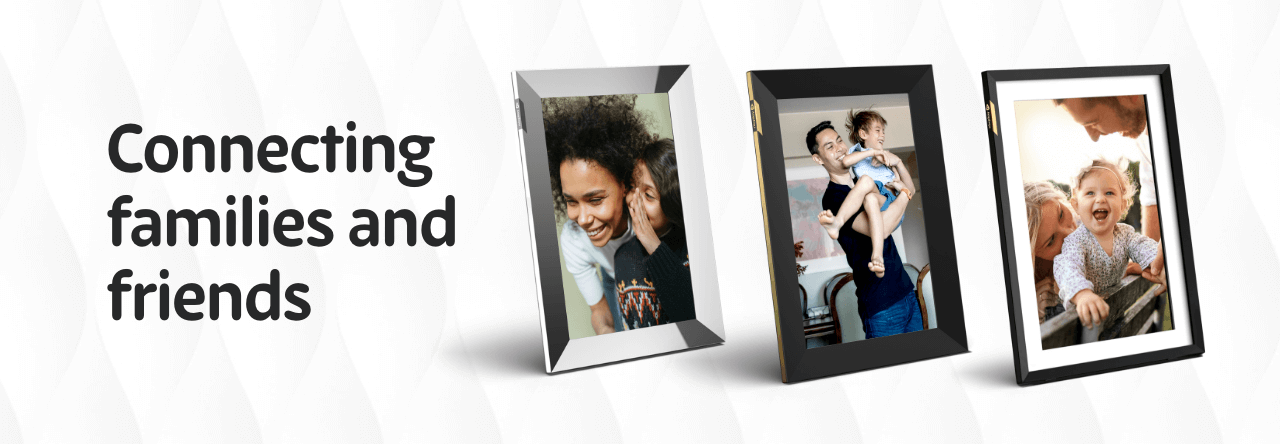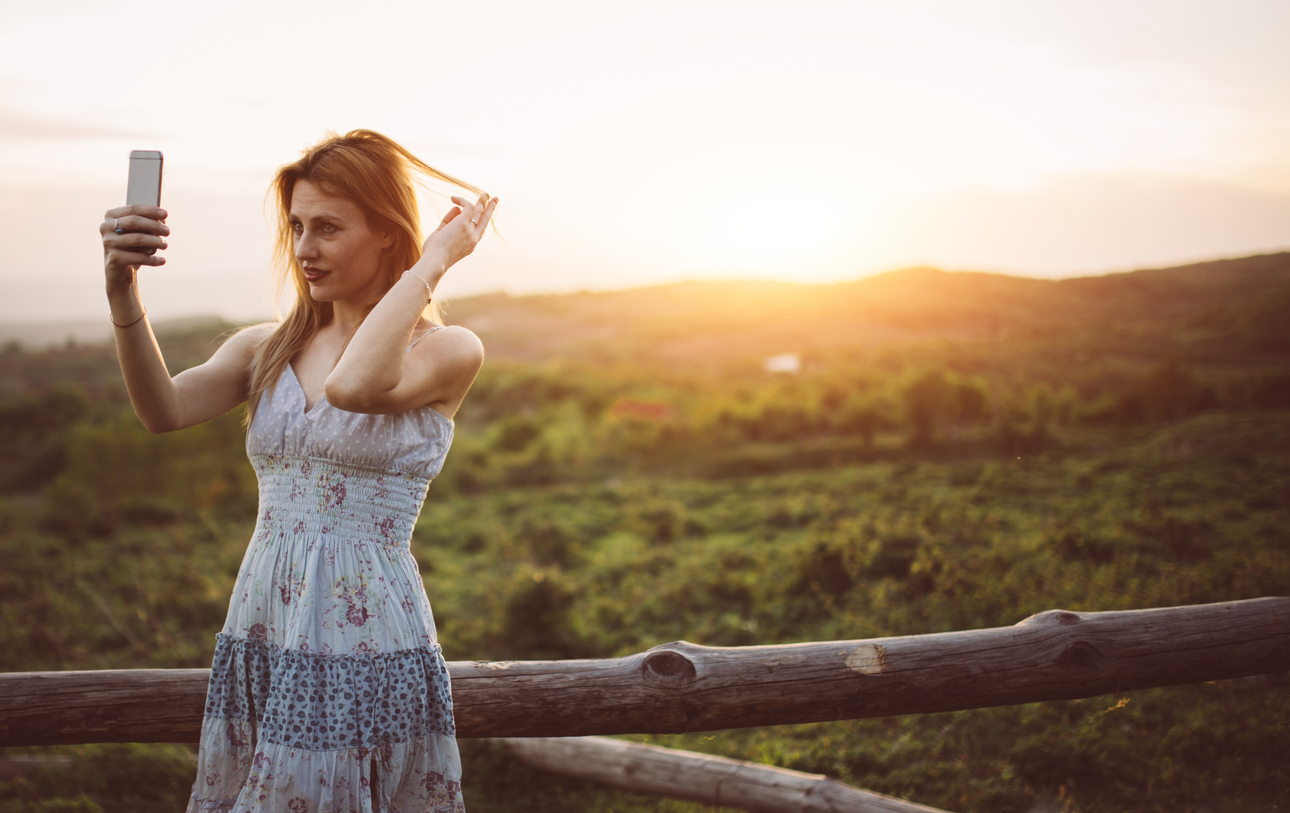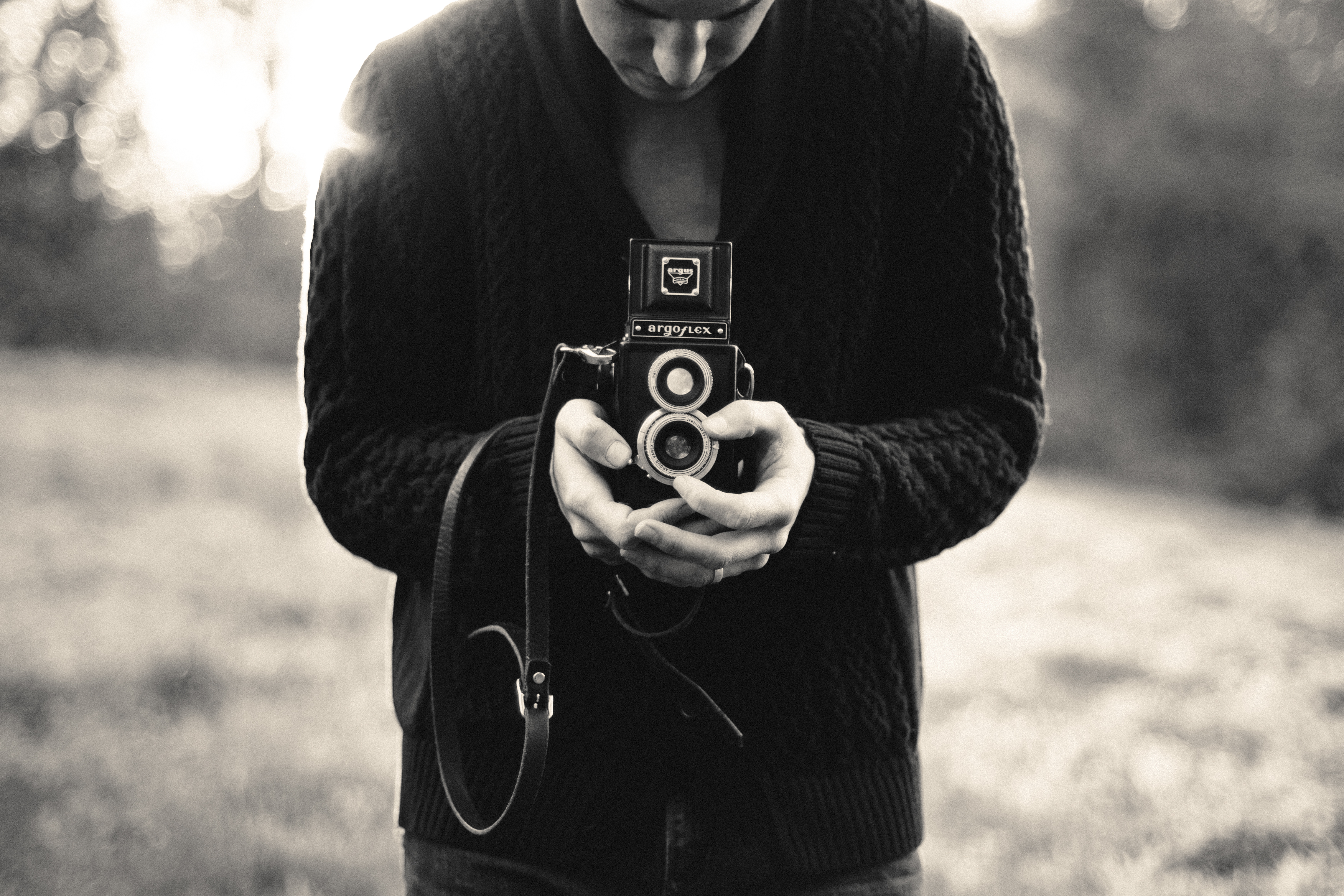Many of us have gone through the tedious process of scanning our hard copy photographs in order to save them as digital files.
Whether you’re scanning just one to share on social media for #ThrowbackThursday, or going through an entire photo album to preserve the pictures for posterity, the process isn’t exactly seamless. You have to scan the photo, save it on your laptop, and then email it to yourself or share it via social media or a file-sharing site if you want to be able to access it on your other devices.
What does this result in? If you’re like us, it means you have a whole bunch of half-scanned photo albums sitting around.
This isn’t exactly an ideal situation. What would happen if you had a fire or flood? What if an album disappeared into the jumble of stuff in your attic, not to be found until you moved? Indeed, what’s the point of photographs if you never look at them?
At Nixplay, we think your photographs are worth sharing, whether they’re 60-year-old pictures of your grandmother or digital images that you took five minutes ago with your smartphone.
That’s why we think Google’s new app, PhotoScan, is rather cool.
How PhotoScan works
PhotoScan allows you to scan and upload your physical photos with just your smartphone, instead of needing a scanner and laptop. You can see how it works in this short video by Google:
Why scan your old photos?
There are plenty of people who think scanning old photos is a waste of time, or something they just don’t want to do.
Many of us love having these physical photographs – the way they feel, the way they look, the way flipping through a photo album can conjure up so many memories of a specific time. Why would you want to replace that with photos you see on a computer screen?
We agree! Digital versions of your images can never replace the physical copies that you and your family have spent hours of quality time poring over. Instead, think of those digital images as a kind of back-up plan. If something catastrophic happened, and you lost all your family photos, you’d still have the digital images preserved intact.
And here’s something else to think about. What if you wanted to share an old photo with a friend or family member who lived far away, even halfway across the world? You could mail it, of course, but that takes a long time and isn’t always reliable.
Scanning offers advantages in these sorts of cases. For one thing, you get to keep the original, instead of sending it on its own to a destination hundreds or thousands of miles away.
For another, you can share it instantly and in just a few steps. Take this example of sharing a photo using a Nixplay WiFi Cloud digital frame.
- Use PhotoScan to scan your physical photograph.
- Upload the image to your camera roll, Google Photos, or a social media app.
- Open the Nixplay app.
- Select the app you want to access, and the photos you want to share.
- Select the people or frames you want to send them to.
And you’re done! That incredible 75-year-old photograph of your grandmother and grandfather on their wedding day is now showing up on the Nixplay Iris you gave them for their anniversary. Won’t that be a lovely surprise?
Preserving your digital photos
Of course, just because you’ve scanned and saved an old photo, that doesn’t mean that it’s truly been preserved.
Just as we all used to save our pictures in physical albums to keep them organized, we’ve got to exercise similar organizational discipline with our digital images. Experts recommend saving your digital pictures to albums, and then saving them on a flash drive (or even saving them on two separate flash drives – one you keep at your home, and another in a safe deposit box or another secure place.
Organizing your digital photos is a whole other undertaking – and when someone comes up with an app to make that easy and instant, we’ll let you know! But for now, we’ve at least got something that makes the first step, scanning, a whole lot easier.
For more on preserving your precious family photos, read our post “The Future of Family Memories.”

Bea is Nixplay’s Social Media Manager. She enjoys drinking coffee, reading about wars, and writing stories. Send her a message at beatrice.bisais@nixplay.com.






